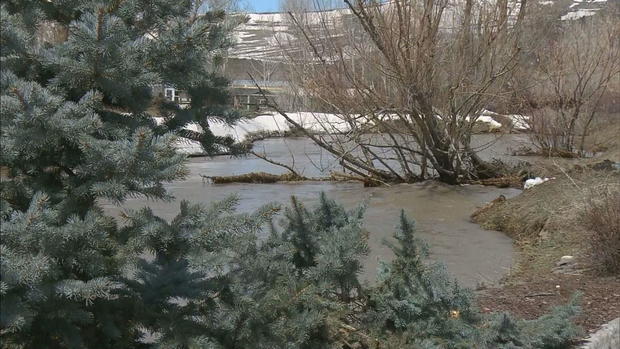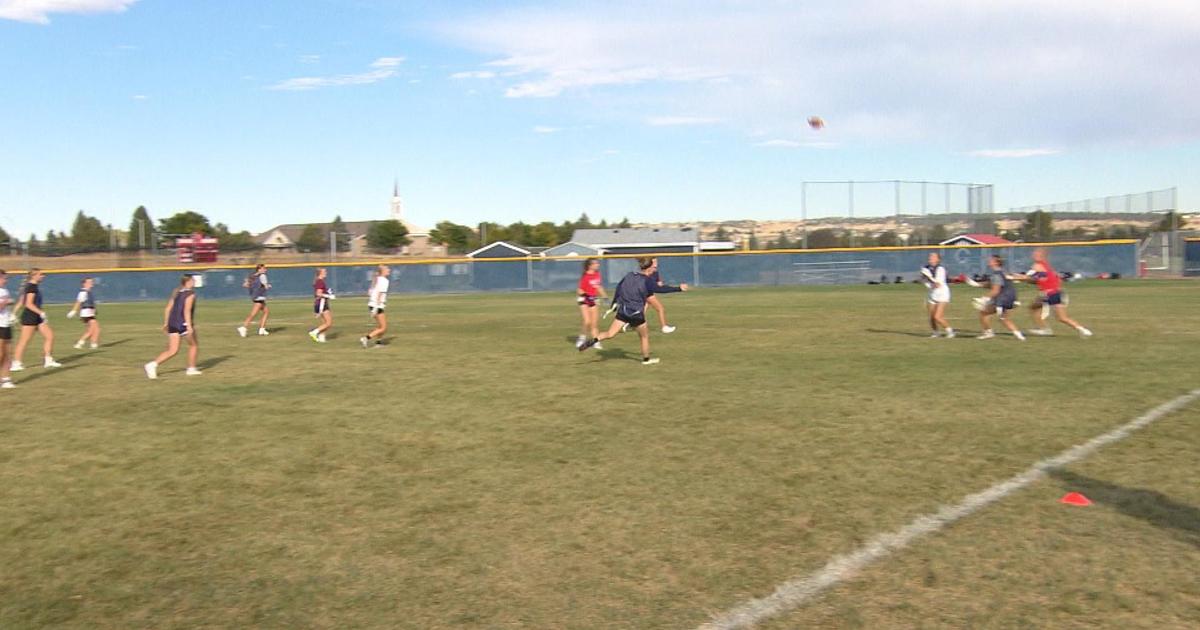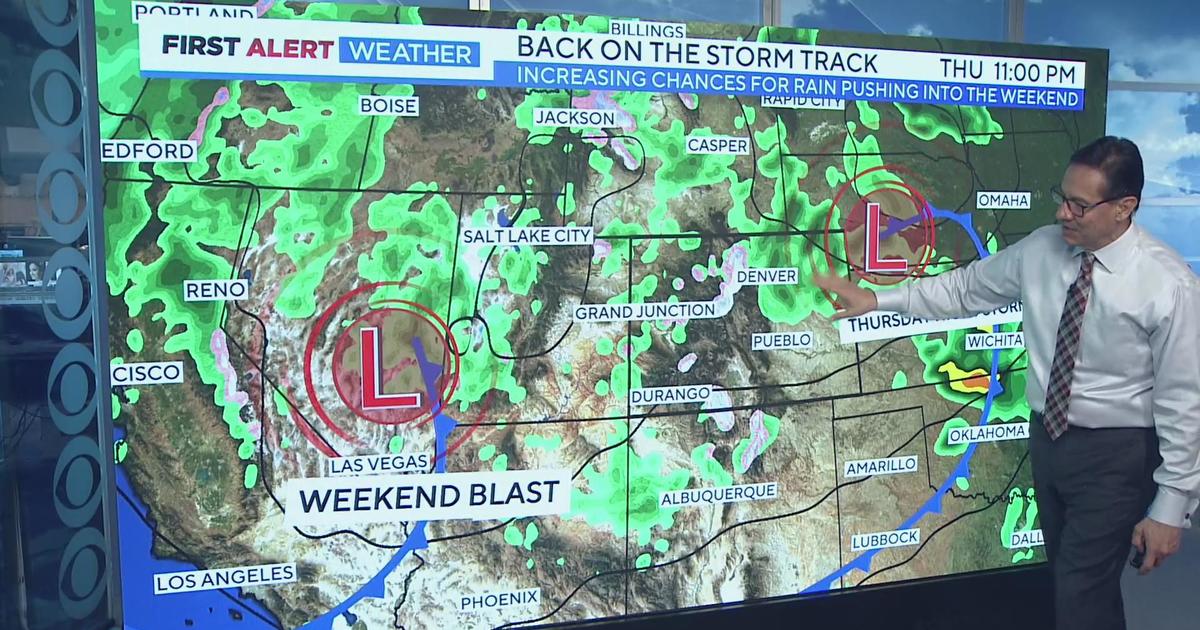Layer of dust covering northern Colorado snowpack could cause flooding
After months of heavy snowfall resulted in above average snowpack in Colorado, climatologists with Colorado State University say a layer of dust on the snow could raise cause for concern of future flooding in the region.
Climatologists with CSU teamed up with Colorado Dust on Snow program to locate a layer of dust on snowpack in the Rabbit Ears Pass area, just west of Rocky Mountain National Park.
CSU's Steven Fassnacht said the layer of dust most likely came from the four corners region in southwest Colorado, traveling hundreds of miles in the wind.
"What we have seen up in the mountains is there is a large substantial dust layer that was deposited last Monday," Fassnacht said.
Dust particles blanketing snowpack isn't rare in Colorado, as the southwest corner of the state often experiences such issues due to proximity to dry areas in Arizona, Utah and New Mexico. However, the dust traveling hundreds of miles and covering the snowpack in the northern half of the state is more rare. The last time a large amount of dust covered Colorado's Rocky Mountains was in 2006, according to Fassnacht.
"If you have the right winds it picks up the dust and then deposits it on the snowpack," Fassnacht said.
While a layer of dust may seem like no big deal to the average person, climatologists have learned the layers of dust cause significantly increased risks of faster melting, at times resulting in flooding.
"It really accelerates and increases the rate in which snow melts," Fassnacht said. "The sun is the big driver of snowmelt in Colorado, and you add dust or things like ash and particles from fire that really lowers the reflectivity, meaning the snow is going to absorb a lot more energy and melt the snowpack faster."
Sometimes the dust is carried by the wind and deposited on top of the snow. Other times the snow forms around dust particles already in the air.
Experts warned that the rapid melting caused by the dust layer could result in flooding in some regions, though Fassnacht said it likely would not be to the extent of flooding caused by heavy rain storms like that which took place in 2013.
"It's nature. But, it's bad for water managers. Because then we get a lot more water coming earlier with the potential for more flooding," Fassnacht said.





